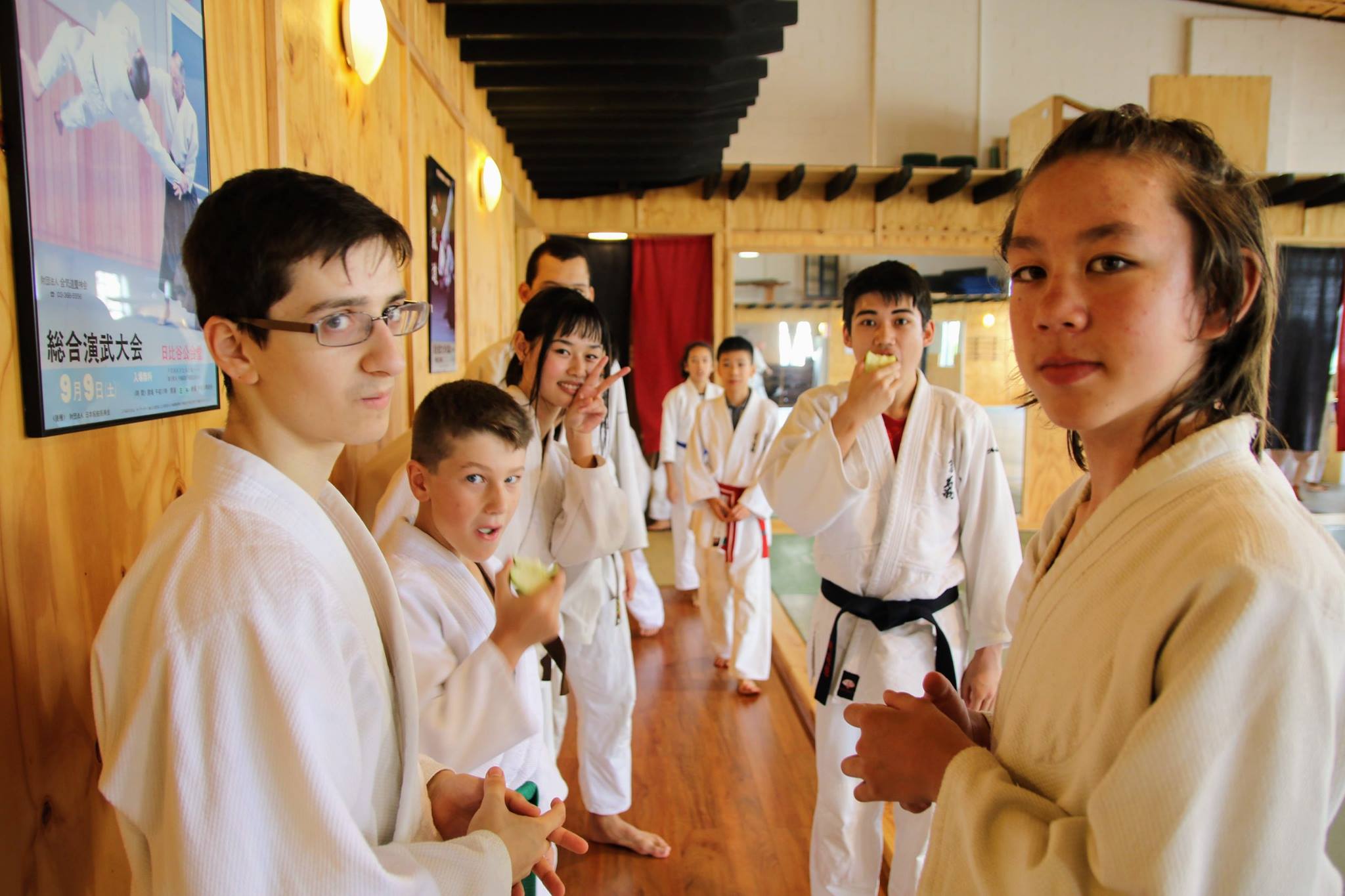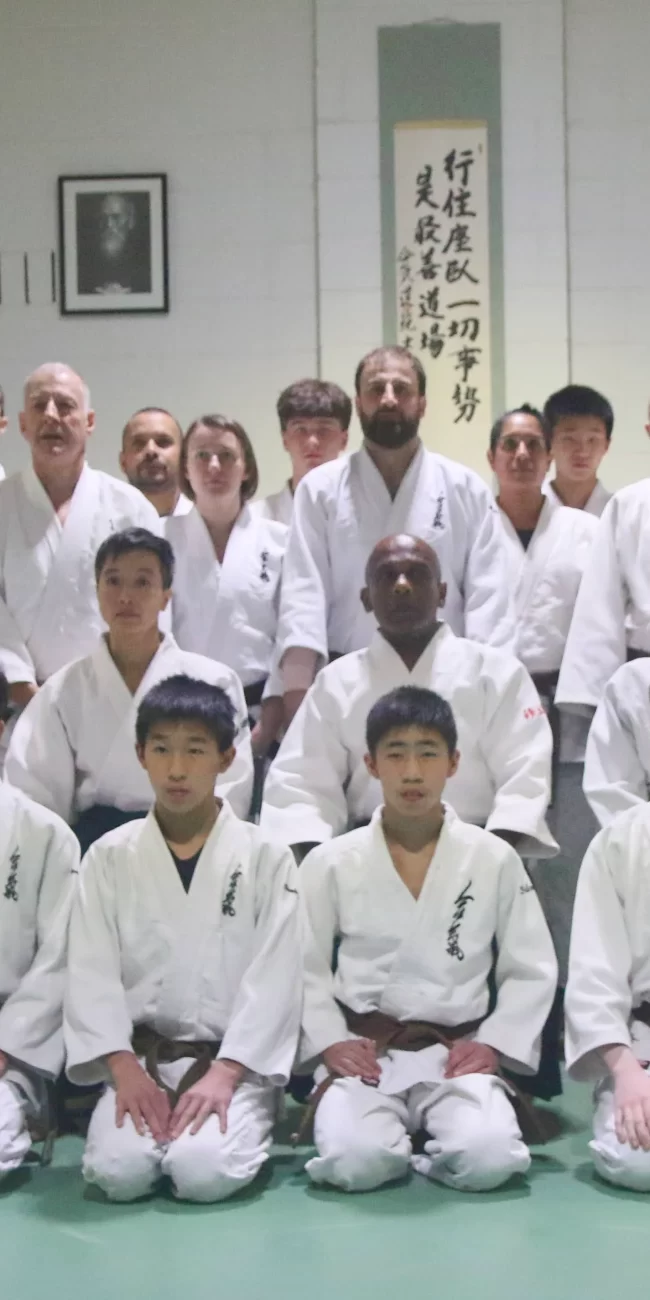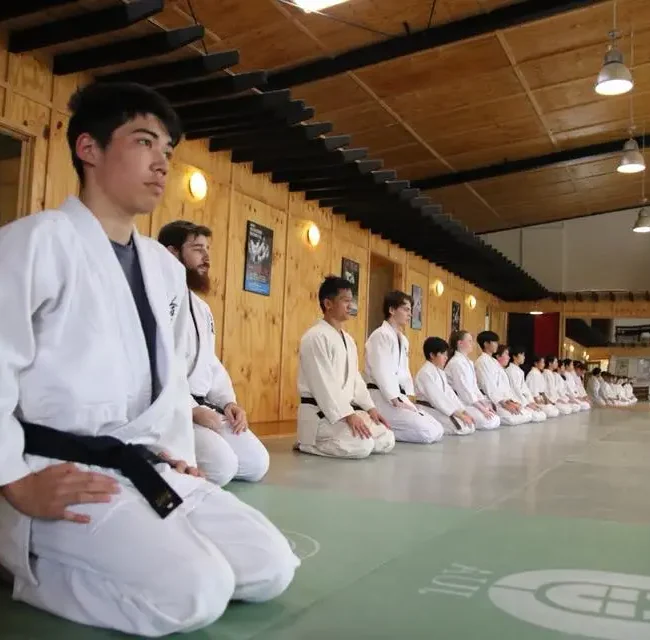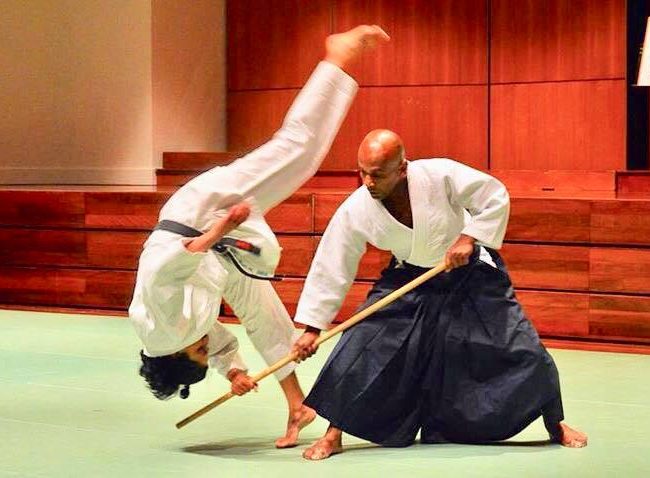
In today’s fast-paced world, teenagers face numerous challenges that can impact their physical and mental well-being. It is crucial for them to develop not only physical strength but also character and resilience to navigate these challenges successfully. One effective way for teenagers in Melbourne to build both strength and character is through Aikido classes. Aikido, a Japanese martial art, offers a holistic approach to self-defense and personal growth. In this article, we will explore the benefits of Aikido classes for teenagers and how they can help shape their physical, mental, and emotional development.
Why Choose Aikido for Teenagers?
Aikido is a martial art that focuses on using an opponent’s energy and movements to neutralize attacks without causing harm. Unlike other martial arts that emphasize competition and aggression, Aikido promotes harmony, self-discipline, and self-awareness. Here are some compelling reasons why Aikido is an excellent choice for teenagers:
- Building Strength and Flexibility: Aikido techniques involve fluid movements that engage the entire body, helping teenagers develop strength, flexibility, and coordination.
- Enhancing Mental Focus: Aikido requires concentration and mindfulness, allowing teenagers to sharpen their mental focus and improve their ability to stay present in the moment.
- Promoting Emotional Resilience: Aikido emphasizes non-violence and conflict resolution, teaching teenagers how to manage their emotions and respond to challenging situations with composure and empathy.
- Fostering Self-Confidence: Through consistent training and gradual progress, Aikido empowers teenagers to build self-confidence and belief in their abilities.
- Cultivating Discipline and Respect: Aikido dojos (training centers) uphold traditional values of discipline and respect, providing teenagers with a structured environment to learn and grow.
Now that we understand the benefits of Aikido for teenagers let’s delve deeper into the specifics of Aikido classes for teenagers.
The Structure of Aikido Classes for Teenagers
Aikido classes for teenagers typically follow a structured curriculum that focuses on the gradual development of skills, knowledge, and character. These classes are led by experienced and qualified instructors who guide the students through various aspects of Aikido training. Here is an overview of what teenagers can expect in Aikido classes:
Warm-up and Stretching
Every Aikido class begins with a warm-up session to prepare the body for the physical demands of training. Teenagers will engage in dynamic stretching exercises that improve flexibility, increase blood circulation, and reduce the risk of injuries.
Basic Techniques and Movements
Instructors will teach teenagers fundamental Aikido techniques and movements. They will demonstrate and explain each technique, allowing students to practice and refine their execution under their guidance. As teenagers progress, they will learn more advanced techniques and explore the principles behind them.
Partner Exercises
Aikido is a partner-based martial art, and teenagers will participate in various partner exercises during classes. These exercises involve practicing techniques with a training partner, allowing teenagers to develop their timing, balance, and sensitivity to their partner’s movements.
Weapons Training
Aikido incorporates the use of traditional Japanese weapons such as the wooden sword (bokken) and staff (jo). Teenagers will have the opportunity to learn and practice Aikido techniques with these weapons, enhancing their understanding of body dynamics and spatial awareness.
Randori (Multiple Attack Practice)
Randori is a challenging aspect of Aikido training where teenagers face multiple attackers in a controlled environment. This practice helps develop adaptability, decision-making skills, and the ability to maintain calm under pressure.
Meditation and Mindfulness
At the end of each class, teenagers will engage in brief meditation and mindfulness exercises. This helps them cultivate inner calm, self-reflection, and mental clarity, complementing the physical aspects of Aikido training.
Frequently Asked Questions (FAQs)
Q: What is the minimum age requirement for teenagers to join Aikido classes? A: The minimum age requirement varies between Aikido dojos, but most accept teenagers from the age of 13 onwards.
Q: Is prior martial arts experience necessary to join Aikido classes? A: No, prior martial arts experience is not necessary. Aikido is suitable for beginners, and instructors provide guidance based on each student’s level of experience.
Q: Can teenagers participate in Aikido tournaments or competitions? A: Aikido is not a competitive martial art, and tournaments or competitions are not a focus of Aikido training. Instead, the emphasis is on personal growth, self-defense, and harmony.
Q: Are Aikido classes physically demanding? A: Aikido classes involve physical activity and can be physically demanding. However, instructors tailor the training to suit each student’s fitness level and gradually increase the intensity as they progress.
Q: Are there any long-term benefits of practicing Aikido as a teenager? A: Absolutely! Practicing Aikido as a teenager can have lifelong benefits. It instills discipline, cultivates a positive mindset, enhances physical fitness, and equips individuals with valuable self-defense skills.
Conclusion
Building strength and character are essential for teenagers in Melbourne to thrive in today’s world. Aikido classes provide a unique opportunity for teenagers to develop physical fitness, mental focus, emotional resilience, and interpersonal skills. By joining Aikido classes, teenagers can embark on a transformative journey that not only enhances their self-defense capabilities but also fosters personal growth and cultivates valuable life skills. If you’re a teenager looking for a holistic martial arts experience, consider enrolling in Aikido classes and embark on a rewarding path towards building strength and character.





